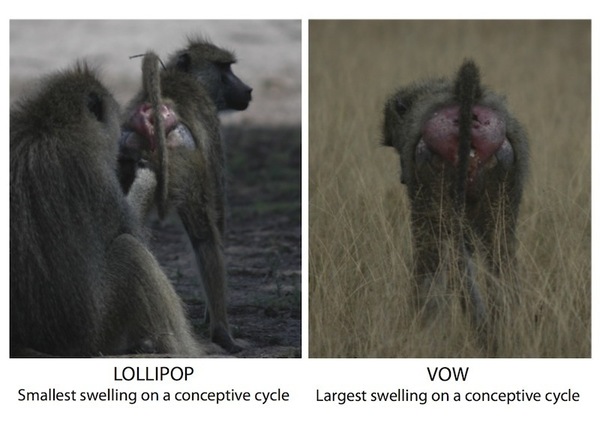Measuring testosterone in female and estrogens in male baboons
Author: Laurence Gesquiere

Traditionally, testosterone is thought as a male hormone and estrogens as female hormones. However, estrogens and testosterone are produced by both sexes and appear to have important roles in both males and females. Measuring hormone concentrations in the wild without disturbing the animals is now feasible using non-invasive methods like fecal determination. These methods, however, need careful validation as the circulating hormone is usually degraded into several metabolites and it is necessary to verify that the antibody used in the immunoassay only recognized metabolites of the original hormone. Because the metabolites excreted in feces may be different for males and females, it is essential to validate immunoassays in both sexes. In this study, we determined whether the radioimmunoassays we previously used to measure fecal testosterone in male baboons and fecal estrogens in female baboons were suitable to measure these hormones in the opposite sex. Read More


